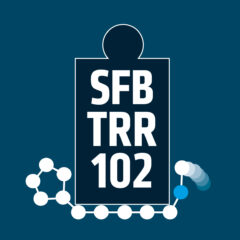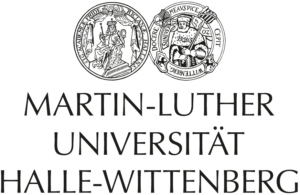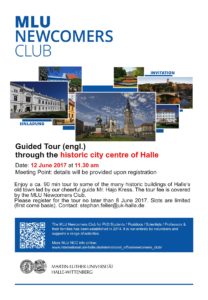Monday 8. May 2017
For many young scientists writing is the most difficult part of research work. Poor structure, breakneck formulations and unclear argumentation lead to texts which are not too user friendly. However, for the success of academics it is essential that the content is successfully conveyed to the relevant target groups – from the subject community to the wider public.
The methods and instruments of scientific writing can be learnt. With a few select mechanisms for structuring and techniques for building arguments, it becomes possible to articulate even complex data clearly and comprehensibly. Coherently built up and convincingly formulated, even academic texts can be an exciting read!
(more…)






